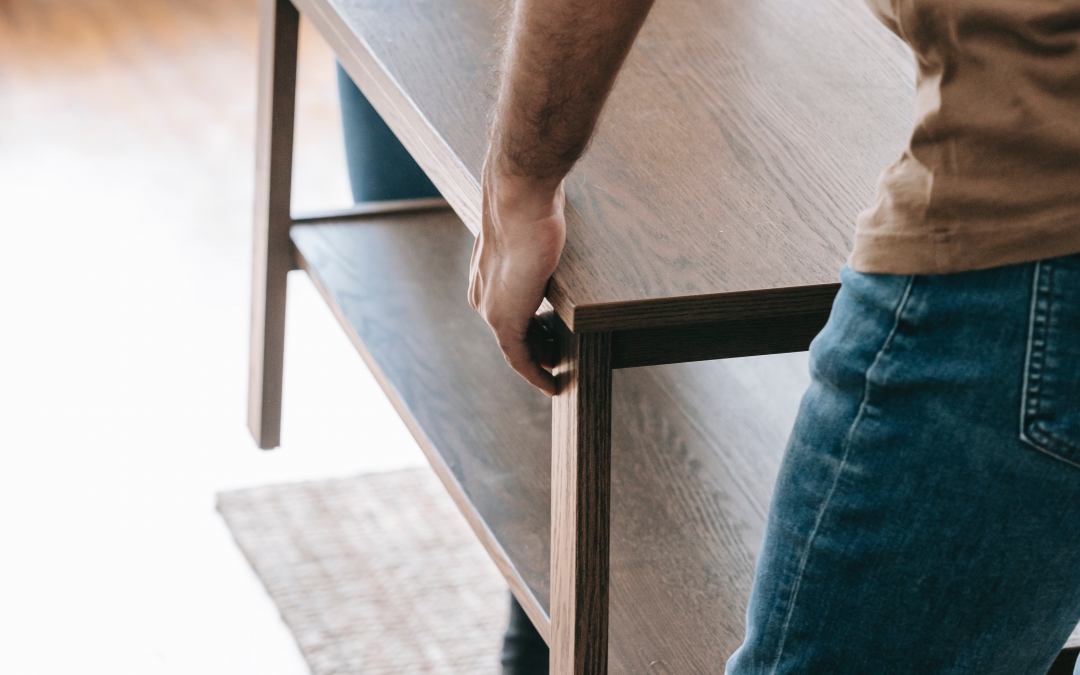How to Prevent Injury When Moving or Lifting Heavy Furniture
There are many things that can lead to needing a Physical Therapist. Hurting yourself while moving something is a common reason! Moving or lifting heavy furniture or objects is something that comes up for many people at some time or another. Whether you are rearranging a room, getting rid of something old, or cleaning your carpets, items that may be heavy need to be moved from one place to another. Moving heavy items can put undo strain on your back, neck, shoulders, and knees. The licensed Physical Therapists at Niagara Therapy, LLC are happy to help, but if we can prevent the injury, that is ideal! Be sure to keep yourself safe by following the advice listed below.
The basics of body mechanics to keep you safe from injury include:
- Keep the object as close to you as possible
- Hold the item close to your body and against your chest
- Turn your feet to avoid twisting your spine
- This may require taking extra steps to turn or in tight spaces
- Lift with your legs by bending at your knees and hips, and keep your back straight
- It is the traditional advise that you hear all the time but still holds true. Do a deep squat with your legs and not leaning forward with your back.
- Keep your feet apart for better balance
- Think about a tripod camera, the wider the base keeps the camera more stable and controlled
Other ideas to make the job easier on your body, and reduce the chance of injury include:
- Pushing instead of pulling (this keeps your back in a more upright position)
- Slide the load if you can
- Using furniture glides (available on Amazon for $9)
- Use lifting belts to avoid bending low
- Set your core muscles before lifting
- Prep those muscles so they know what is happening
- Avoid quick/jerky movement
- Slow and controlled will win this race!
- Obtain assistance with the lift/move if you can – dividing the load between 2 or more people can reduce the stress on your back. Be sure to assign one person to be “in charge” for signaling when to lift and when to lower the load
- Clear the pathway before you lift
- Planning ahead will allow you to have a smooth transition and less likely to have quick movements that you may regret later.
- Allow a brief rest between lifts if you have more than one. Very rarely does anything have to happen in one lift. Take small increments and move it safely so you do not break the item or yourself!
That new arrangement, additional space, or clean carpets will be more enjoyable if you can avoid muscle pain and soreness from overdoing or lifting improperly! Once you get it there, sit back and enjoy the view.
If you read this too late, you can contact us at Niagara Therapy, LLC for a Physical Therapy appointment to get you back in the game at 814-464-0627.



